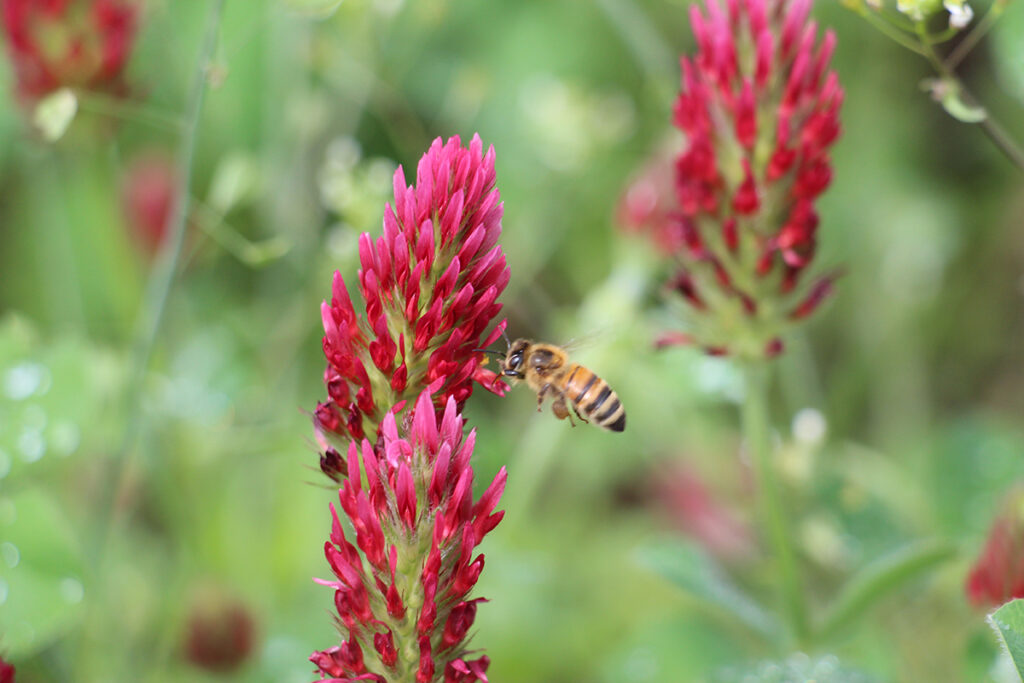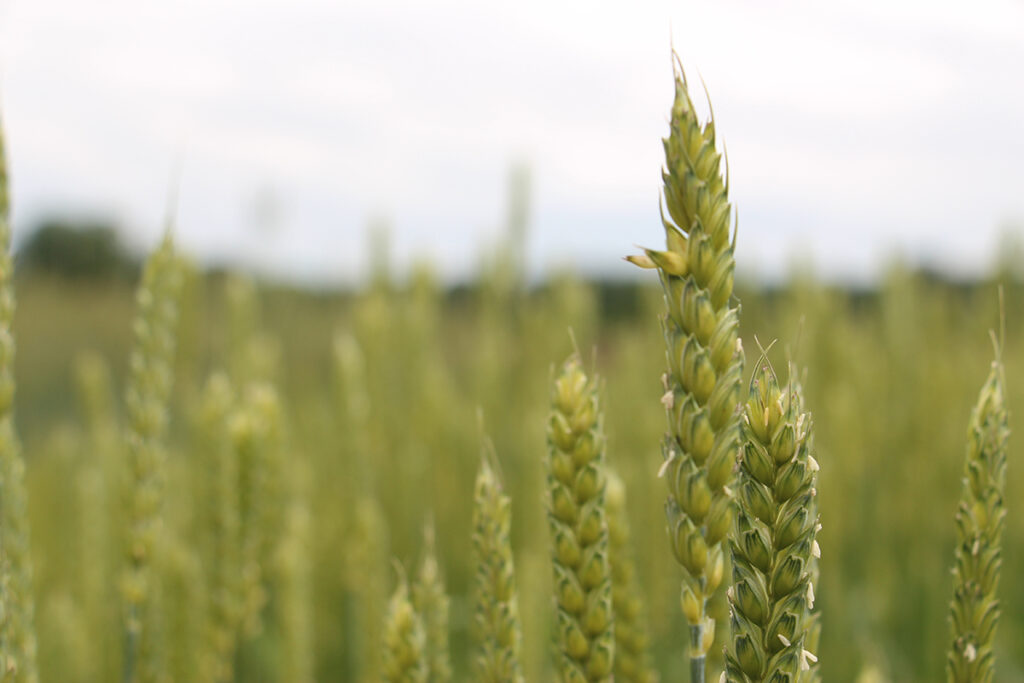Crop rotation builds biodiversity and soil health
By Jeff Arnold, Farm Manager
A farm’s crop rotation – the practice of systematically growing different crops on a piece of land over a span of growing seasons – might be its single most important practice in ensuring healthy, productive soil. Without crop rotation, pests and disease build up, nutrients are depleted, organic matter is lost, and more and more inputs are required to sustain healthy crops. Conversely, a well-designed crop rotation ensures a balanced, resilient soil that is capable of regenerating its structure, chemistry, and microbiome.
There is no one-size-fits-all approach to crop rotation. All farms are living, breathing, complex organisms and each one is different – a crop rotation must reflect its unique conditions. But no matter the farm, the goal of crop rotation is always the same: to build and maintain healthy soil that can sustain healthy crops.
At the Farm Hub, one strategy we employ moves vegetables, cover crops, and small grains across 100 acres of our most productive land in a 3-year cycle. The 100 acres is divided into three roughly 30-acre fields. Each season one of those 30-acre fields will grow a mixed vegetable crop, one will grow a cover crop mix, and one will grow a small grain. The three treatments rotate across the three pieces of land each year and on the fourth year the rotation begins anew.
Click on image to zoom
An example of how the rotation looks from one of the 30-acre blocks over the course of a full 3-year cycle:

Year 1:
Mixed vegetables are planted into a field of tilled clover that was established the previous season. The field at this point has not been tilled for 2 years. The clover, a legume, has added a healthy dose of nitrogen for the vegetables, reducing the need for application of an organic fertilizer. The vegetables are harvested and a cover crop is planted to hold the soil in place for the winter.

Year 2:
The field is tilled in the spring and a multi-species cover crop mix is seeded in June. It includes legumes, grasses, and broadleaf flowering plants such as sunflower and phacelia. The field will not be tilled again until immediately prior to the vegetables in 2 years. The cover crop is rolled and crimped in the fall and a crop of winter wheat is no-till planted into the flattened summer cover crop. The wheat will germinate in the fall, over-winter dormant, and continue growing the next spring. By not tilling the field, microbial life is fortified, organic matter is preserved, and erosion prevented.

Year 3:
In the spring, a clover crop is no-till sown underneath the already growing wheat crop. The wheat crop is harvested in July and milled for flour. The wheat has provided a valuable service by breaking the pest and disease cycles that can be perpetuated by continuous vegetable crops. It has also broken up problematic weed cycles in the same manner. The clover continues to establish for the remainder of the season and add nitrogen for the following year’s vegetables, and thus the cycle begins again.
References:
Do Rotations Matter within Disease Management Programs?, Cornell University College of Agriculture and Life Sciences

